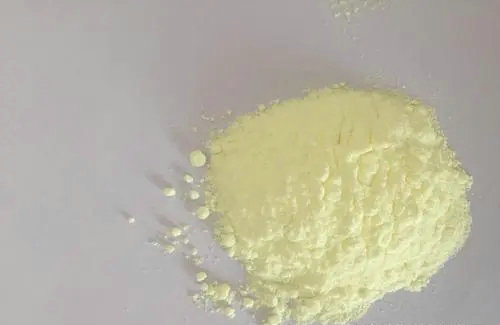With the continuous strengthening of environmental protection and the rapid development of modern optical information industry, photoinitiator will develop towards the direction of high efficiency, environmental protection and low cost under this background.

1.Macromolecule photoinitiator
With the improvement of public safety awareness, more and more attention is paid to the safety of food and drug packaging, for example, Europe has formulated strict standards for food and drug packaging ink, prohibiting the use of large mobility of materials, has mainly used low mobility of large molecular photoinitiator. Due to the advantages of low toxicity and low mobility, macromolecular photoinitiators will be more and more used in packaging ink worldwide, so the development of more types of macromolecular photoinitiators is the development trend of the industry products.
2.Polymer visible photoinitiator
The wavelength of optical signal adopted by modern optical information technology is mostly in visible and near-infrared wavelengths. In addition, holographic imaging and photocuring of filling coloring system involve the use of visible light source for photopolymerization. The visible light photoinitiator has been developed, so the polymer type of visible light photoinitiator has become the object of concern.
3.High efficiency polymer and polymerizable photoinitiator
Small molecule photoinitiators often have problems of compatibility, mobility and odor. Polymerized photoinitiators can solve these problems well, but often cause the initiation efficiency of polymerized photoinitiators. The development of high-efficiency photoinitiators is one of the trends in the future.
4.Polymer water-based photoinitiator
With the continuous strengthening of environmental protection, waterborne photocurable coatings have been well developed. The photoinitiator used in water-based photocuring coatings also has the problem of non-water-based photoinitiator, so the development of polymer water-based photoinitiator is also the direction of future development.
5.Cationic photoinitiator
The product is composed of cationic photoinitiator and matching resin and monomer. It has the advantages of oxygen resistance and low system shrinkage. It can be complementary to free radical curing system. In the future, cationic curing products or mixed with free radical curing products have development prospects, so cationic photoinitiator is also one of the development directions of products and technologies.
Properties of 4-Benzoylphenyl acrylate
English name: 4-Acryloyloxybenzophenone
Alias: 2-Propenoic acid, 4-benzoylphenyl ester;2-Propenoic acid,4-benzoylphenyl ester;4-Acryloyloxybenzophenone;4-Acryloxybenzophenone;4-Benzoylphenyl acrylate
[Boiling point]: 407.0±24.0 ℃ at 760 mmHg
[Molecular formula]: C16H12O₃
[Molecular weight]: 252.265
[Density]: 1.2±0.1 g/cm³
[Flashing point]: 181.4±22.9 ℃
[Quality]: 252.078644
[ PSA ]: 43.37000
[ LogP ]: 3.15
[Vapor pressure]: 0.0±0.9 mmHg at 25℃
[Refractive index]: 1.576
[Appearance]: white powder
[Content]: 98%
Reg Office: Room 435, Building 9, No.2568 Gudai Road, Minhang District, Shanghai, China.
Pilot Lab: Building 1, No. 589 Qinling Street, Shijiazhuang High-tech Zone,Hebei, China.
Plant Unit 1: Xincheng town clean chemical park, Xinji, Hebei, China.
Plant Unit 2: Dongming County South Chemical Park, Heze City, China.
Tel: +86-21-34943721
Email:Massive@massivechem.com
Info@massivechem.com
Shanghai Massive Chemical Technology Co., Ltd. All Rights Reserved(C)2023 Supported by Record number:沪ICP备18008139号